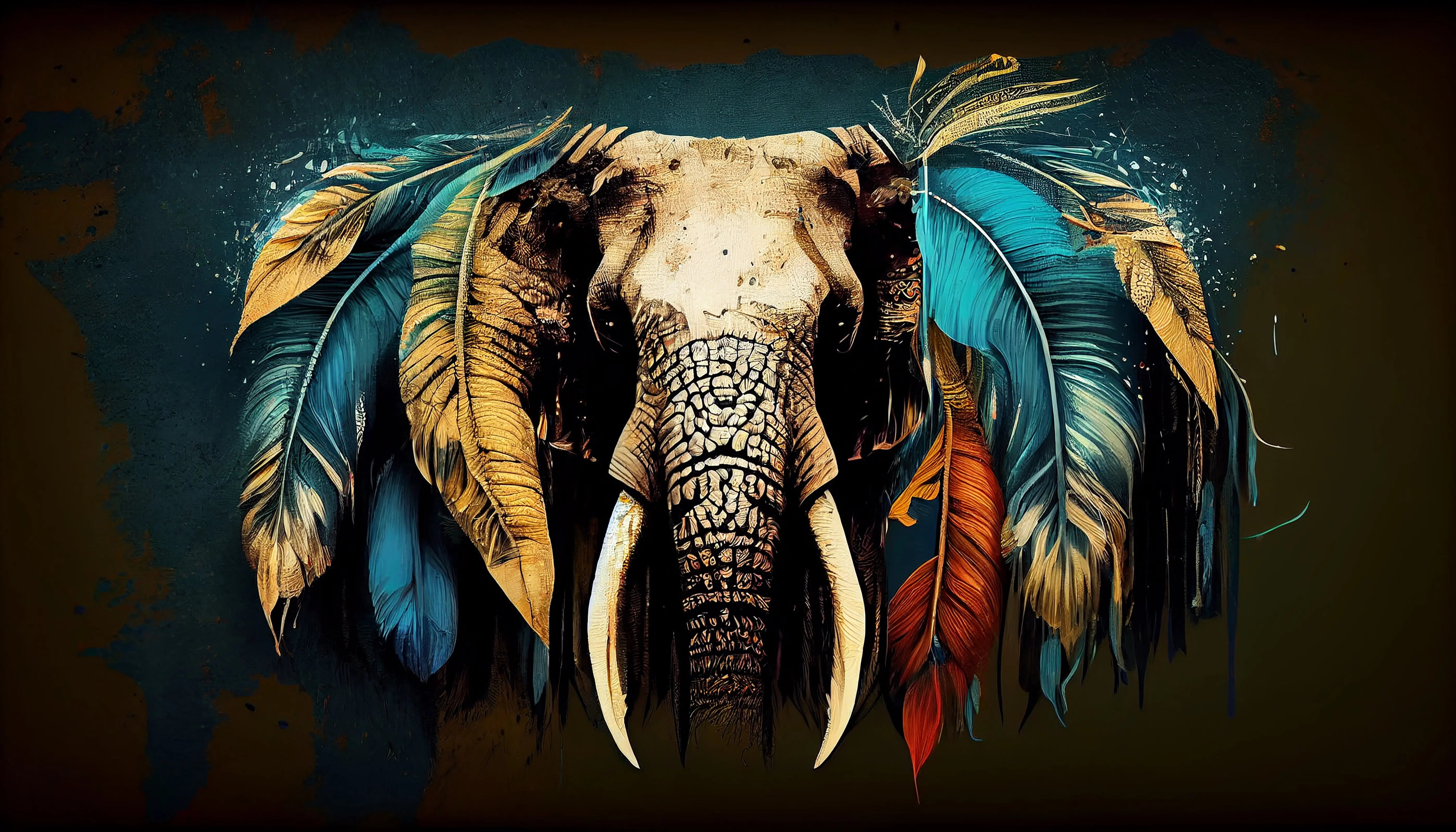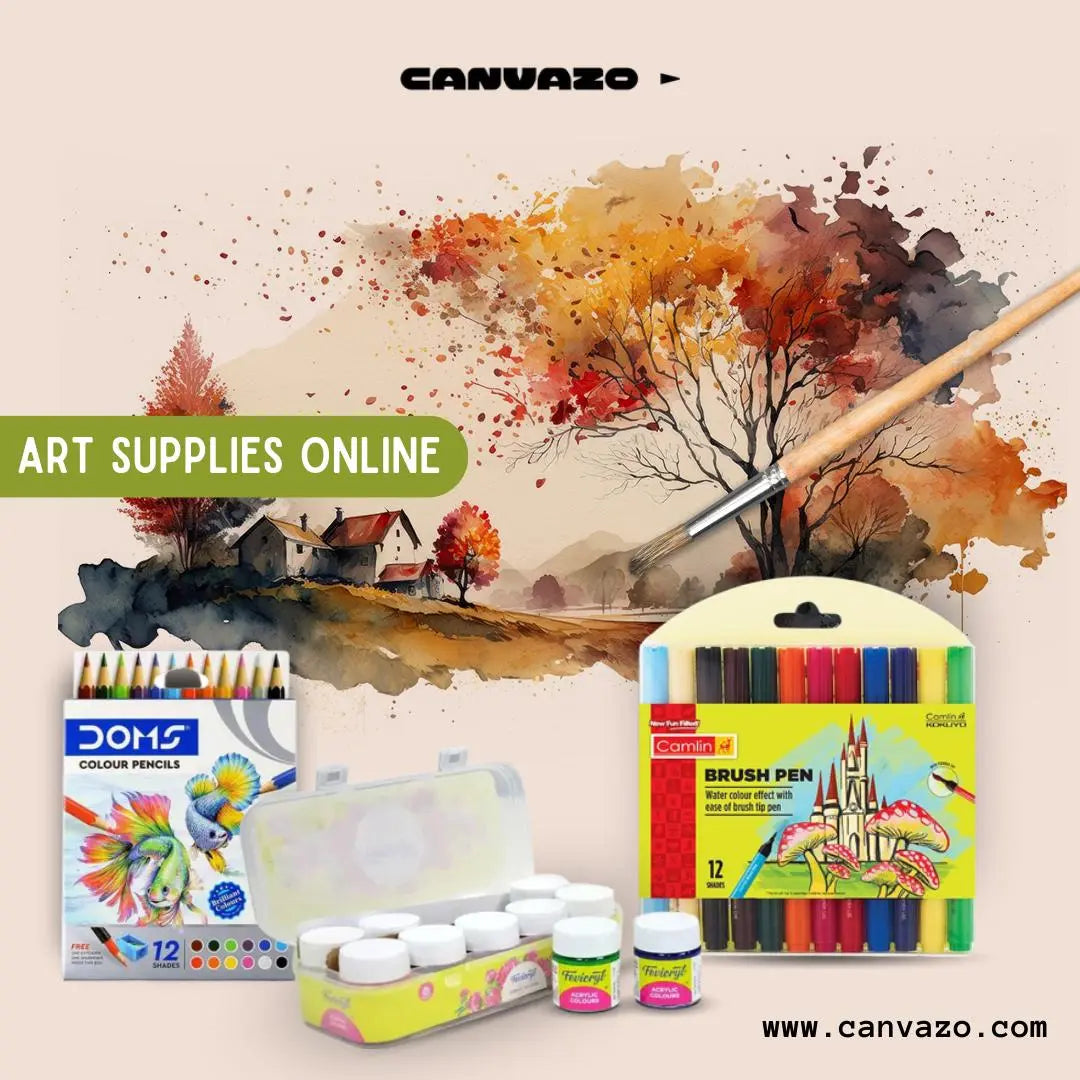Charcoal sketching is a popular medium among artists due to its versatility and the wide range of effects that can be achieved. Charcoal is made from burnt wood and comes in a range of forms, including pencils, sticks, and loose powder.
One of the primary advantages of using charcoal is that it allows for quick and easy shading, making it ideal for sketching and drawing. It is also easy to erase and make corrections, making it a forgiving medium for beginners.
Here are some tips on how to get started with charcoal sketching:
-
Choose the right materials: There are different types of charcoal available, including compressed charcoal, willow charcoal, and vine charcoal. Compressed charcoal is made from pulverized charcoal and is pressed into a solid form. It comes in pencil form and is available in various degrees of hardness. Willow charcoal is made from thin sticks of burnt willow branches and is ideal for creating delicate lines and details. Vine charcoal is made from burnt grapevines and is softer and easier to smudge than other types of charcoal.
-
Prepare your surface: The surface on which you sketch plays a significant role in the final result. Charcoal works well on paper, but you can also use other surfaces such as canvas or cardboard. If you are using paper, choose a heavier weight paper that can hold up to the pressure of charcoal. To prevent smudging, you can also use a fixative spray to set the charcoal in place.
-
Experiment with different strokes: Charcoal allows for a wide range of strokes and techniques, including hatching, cross-hatching, stippling, and smudging. Hatching involves drawing parallel lines closely together to create a range of tones. Cross-hatching involves drawing intersecting lines at different angles to create even more depth and texture. Stippling involves making tiny dots to create a graded effect, while smudging involves using a blending tool or your finger to soften and blur the lines. Experiment with these techniques to find the one that works best for you.
-
Use an eraser: An eraser is an essential tool in charcoal sketching, as it allows you to make corrections and highlights. There are different types of erasers available, including kneaded erasers, which can be molded into different shapes and are ideal for picking up stray marks. Pencil erasers are also useful for creating precise highlights.
-
Work from light to dark: When sketching with charcoal, it is best to start with light lines and gradually build up to the darker areas. This allows you to make corrections and adjust the values as you go along. You can also use a kneaded eraser to lift out highlights and create a sense of depth in your drawing.
-
Use reference images: Using reference images can be helpful in achieving accurate proportions and details in your sketch. You can use photographs, live models, or even online images as reference. However, it is important to remember not to simply copy the reference image but to use it as a guide to create your own interpretation of the subject.
In conclusion, charcoal sketching is a fun and versatile medium that allows for a wide range of effects and techniques. By following these tips and practicing regularly, you can develop your skills and create stunning charcoal sketches.


